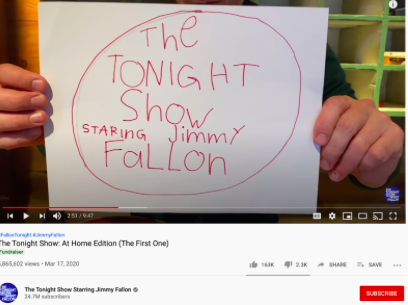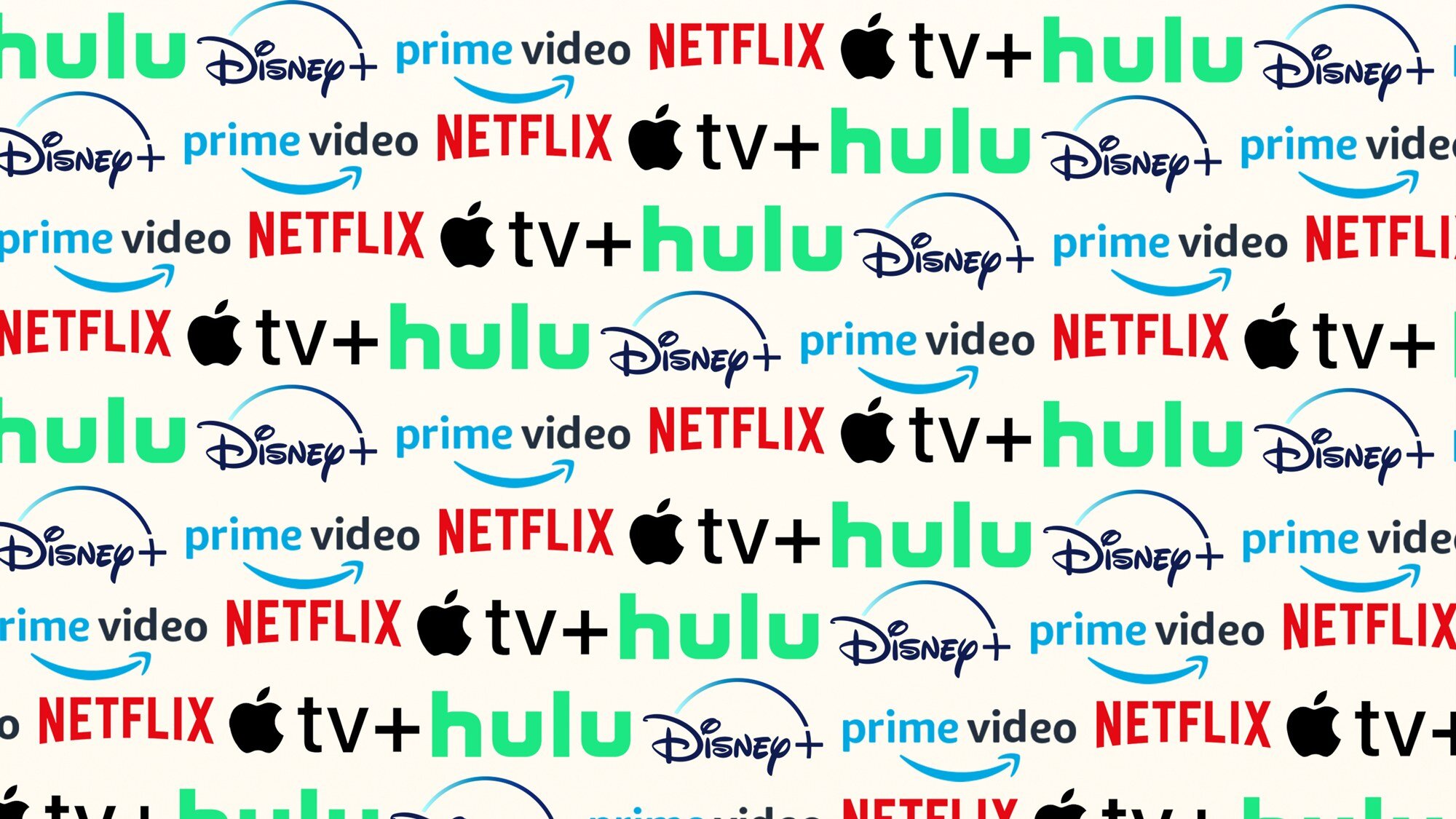Written by: Adam Plunk
At Morris + Mitchell, I am on the team that works with the ICAN and ODEI accounts. These organizations, a non-profit in the Abilene area and a new department at ACU, are fantastic clients and I feel very privileged to be working with them. We have provided advertising and public relations services like social media management, logo design, and webpage design in order to help promote their institutions. Working with both of these clients has given me so much experience in my field and I am very grateful to gain some real-world experience while still in college.
ICAN, the Abilene-based non-profit, specifically asked us to work on their digital image; they hadn’t updated their social media in a while, and they were after a new, modern look. After designing a sleek new logo and making a branding guide, we applied fresh colors and graphics to their social media in order to gain new followers. We also took a look at every digital aspect of their brand in order to see other improvements that could be made in the future.
However, things were a little different with ODEI, a new department at ACU, and we needed to think in a “big-picture” kind of way. Rather than simply updating their digital presence, ODEI was trying to create an overall brand for themselves. We began designing logos and making sure they were to our clients liking; we didn’t want to take any action without their approval. Because ODEI is an ACU affiliated department, we ran into some creative issues with the university’s branding guidelines. We’re still working on this project, and are trying to merge ACU’s branding with the branding we had in mind for this up-and-coming department.
Another project I got to work on this semester was the annual Gutenberg Celebration, an event that honors distinguished alumni for the outstanding work they’ve done in their fields. Due to COVID-19, we had to adapt our ceremony to be a virtual one in order to keep everyone safe. We did this by having separate breakout rooms via Zoom, each hosted by different alumni. These hosts talked about their careers and gave advice to the college students that attended about their job hunting experiences, how to network, and what employers are looking for in a job candidate. We then asked everyone to go and watch a live-stream video of the actual awards ceremony, which was a more formal presentation. The event went very well despite the challenges, and I am happy my last Gutenberg was a good one as I graduate this December. Overall, my time with Morris & Mitchell has been a great learning experience, and I feel like I am very prepared to enter agency life and (hopefully) ace my job interviews.






















